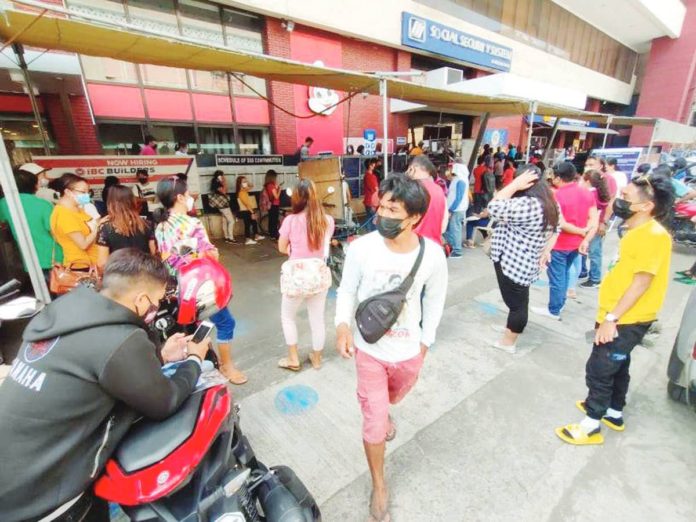
ILOILO City – “Walking pneumonia” is not something the public should panic over, according to the Department of Health (DOH) Region 6.
Medically known as mycoplasma pneumoniae, walking pneumonia is not a new type of illness but rather a known and common pathogen, said DOH-6 Regional Epidemiology and Surveillance Unit head Dr. Mary Jane Roches Juanico-Esteva.
“Indi man sia bag-o nga masakit or kawsa sang masakit. We have seen this bisan sang dati; basta ang aton pneumonia nga gina-manage indi receptive sa aton mga common nga antibiotics. We suspect the presence of mycoplasma pneumoniae, ang ginatawag naton nga atypical pneumonia,” Juanico-Esteva explained during a Panay News interview.
So far this year, four cases of walking pneumonia have been recorded in the country, all isolated cases, and all have recovered.
This is why Juanico-Esteva said that if the public knows to check the facts, there is no reason or need to panic.
“They just have to know the right information agud indi man sila mag-panic. This is not like the coronavirus disease 2019 (COVID-19), which is very novel nga klase sang virus nga na-discover,” she said.
Mycoplasma pneumoniae causes different infections, including colds and pneumonia. It is one of the influenza-like illnesses (ILIs), which presents as fever, sore throat, and cough. Younger children may have cold-like symptoms.
According to the DOH central office, while all age groups can be affected, those with weak immune systems and those living in closed settings are at higher risk for more severe disease. Filipino doctors and medical personnel in hospitals can treat mycoplasma pneumoniae and have the medicines for it.
Walking Pneumonia Infections
According to Juanico-Esteva, walking pneumonia is one of the ILIs–Severe Acute Respiratory Infection (SARI) in which bacteria can only be transmitted through direct physical contact.
“Gina-advise naton ang anybody nga may symptoms like coughing or may flu-like symptoms, kinahanglan man gihapon nga mag-isolate kon grabe gid ang droplets nga ginapagwa or gina-discharge, especially kon may sip-on. Kag kon nagalakat sila they wear masks para indi na maka-infect sa iban,” she explained.
She added that frequent hand washing is advised because the droplets could reach the hands and indirectly transfer to another person.
Like any disease, Juanico-Esteva said, if symptoms of mycoplasma pneumoniae are not managed early, they could pose health risks, especially to those with co-morbidity.
She assured that although the state of public health emergency for COVID-19 has been lifted, health facilities and local government units (LGUs) are prepared to cater to persons with ILIs-SARI, including pneumonia.
Here, she also urged health facilities to designate a hospital ward for those with pneumonia to avoid further transmission.
Data from DOH-6 showed there are 5,044 ILI-SARI cases with four deaths in the region as of Dec. 2 of this year.
Here is the breakdown of cases:
* Aklan – 610 cases
* Antique – 11 cases
* Capiz – 33 cases
* Guimaras – four cases
* Iloilo – 2,071 cases
* Negros Occidental – 1,944 cases with two deaths
* Bacolod City – 152 cases with two deaths
* Iloilo City – 219 cases
With the changing climate, Juanico-Esteva urged the public to drink adequate water, be exposed less to direct sunlight, eat healthy food, take vitamins, sleep for eight hours, and if possible, exercise.
Most importantly, if flu-like symptoms persist for two to three days, get checked up so that the symptoms are managed and do not worsen./PN





